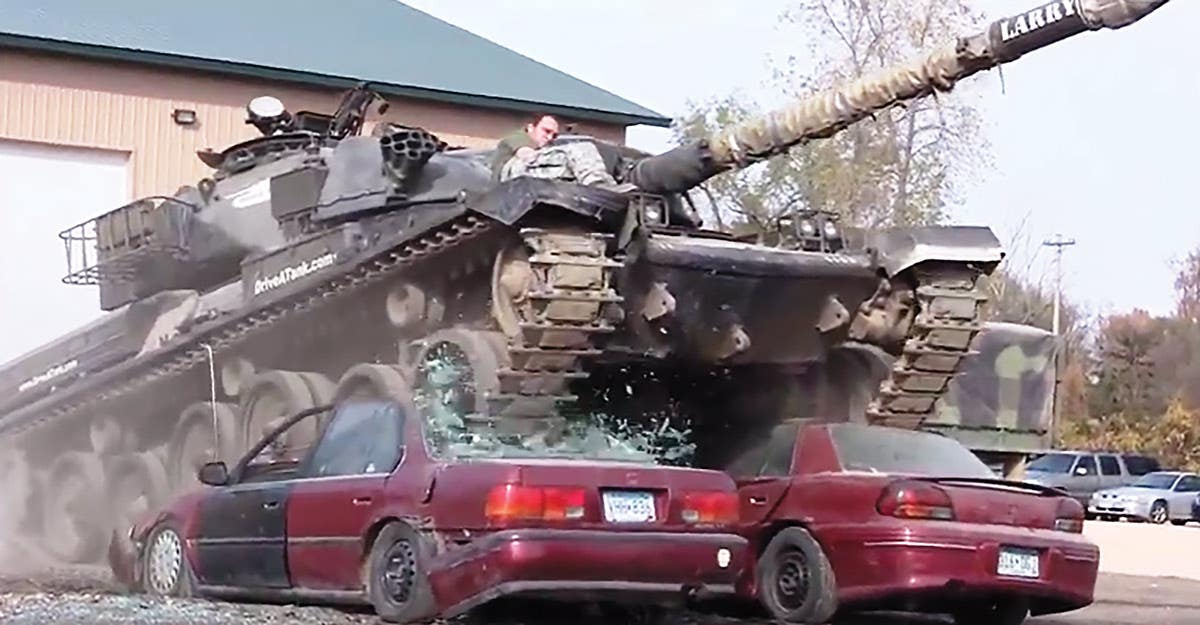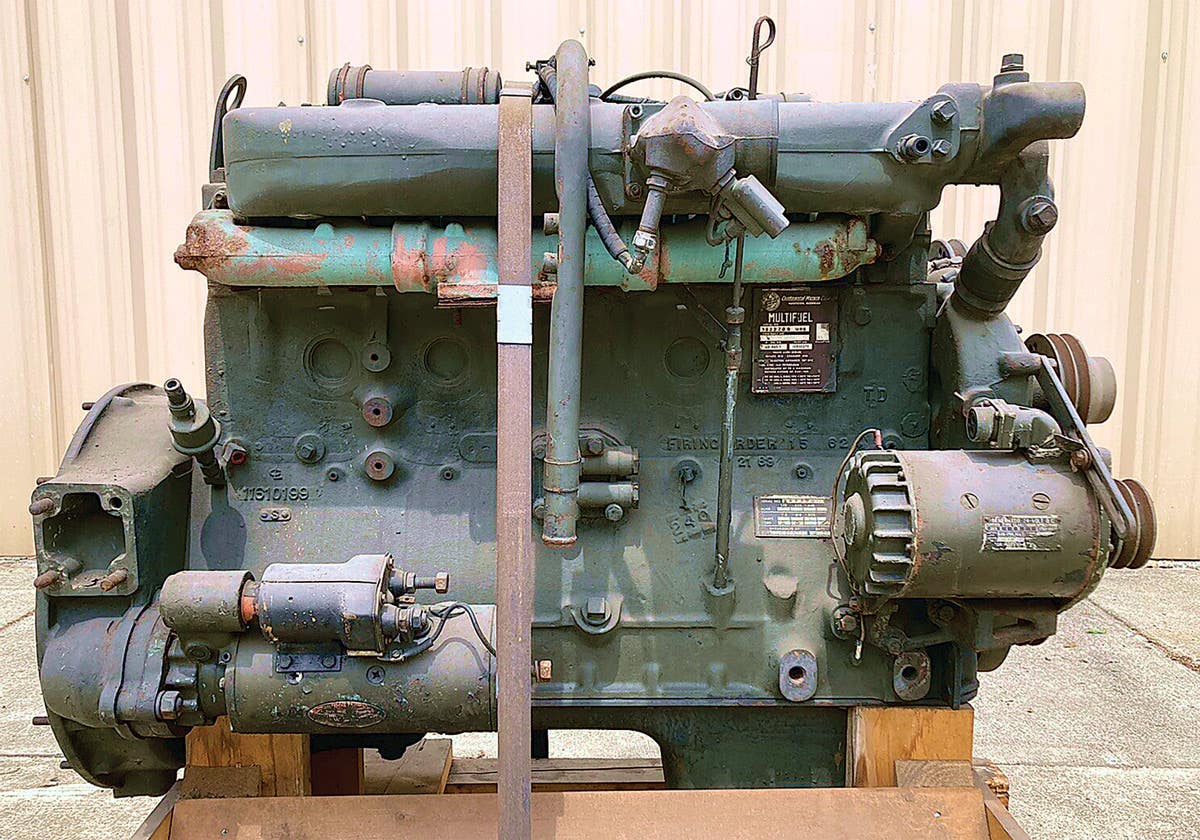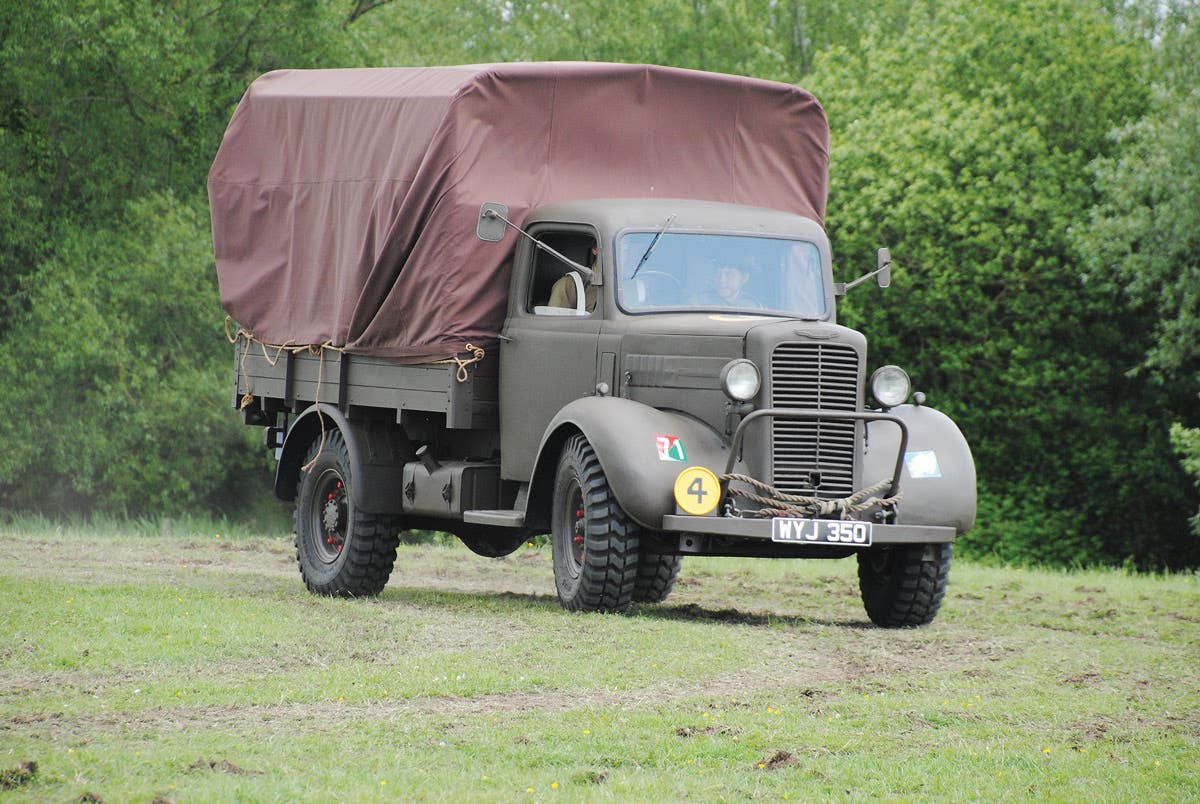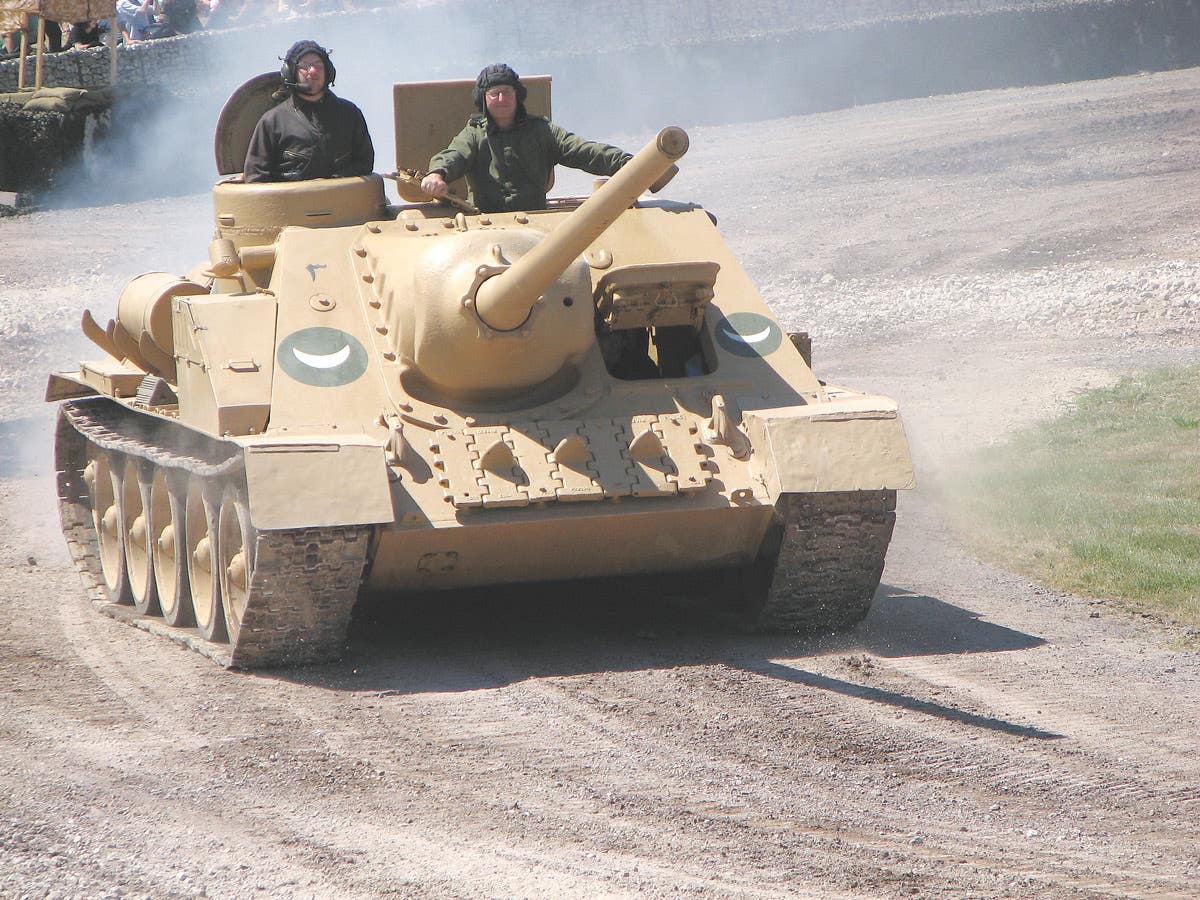MV Spotlight: Light Rapid Deployment Vehicle
Also known as a “Light Strike Vehicle,” the Saker could be used as a mobile platform to mount heavy weapon systems including anti-tank missiles.
When it comes to versatility on the battlefield, it is not just the heavier armored fighting vehicles that can be configured to a variety of roles. Sometimes, the light unarmored vehicles can prove just as adaptable. These are not always of conventional design, however. The Saker Light Rapid Deployment Vehicle (LRDV) produced by the Robourgh-based company of Wessex in Plymouth, England, during the mid-1980s, was certainly unconventional, and yet, readily mission-adaptable.
Also known as a “Light Strike Vehicle,” the Saker could be used as a mobile platform to mount heavy weapon systems including anti-tank missiles. A number of military forces, including the British Army, tested the Saker. The vehicle did ultimately enter service on a limited basis. However, after enjoying a brief service life they were abandoned and sold to various sources , including private ownership. Today, the Saker is something of a collector’s item and they are often seen at military shows where they are used to get around the show grounds.
LIGHTWEIGHT SAKER DESIGN
The Saker design was produced at a time when rapid deployment was the military strategy. Weighing only 1,918 lbs., it was sufficiently light enough to be carried underslung from a helicopter or internally on larger helicopters.
With an overall length of a bit more than 12 feet and 6’1”meter at its widest point, several could be carried in a C-130 Hercules cargo aircraft. The open design resembled a recreational vehicle suited for leisure time on the beach, but appearances can be deceiving. The Saker had a serious military application. The fuel capacity of over 26.4 gallons gave the vehicle an operational range of 600 miles which, coupled with its flexibility as a weapons platform and compact size, made it a good ambush vehicle.
A welded tubular construction of mild steel formed the frame of the Saker. Laurie Pettitt, who worked on the prototype project in the Kingfisher Kustoms workshop in West Bromwich recalled, "The first Sakers built in Plymouth were welded by "Nuclear Certified" welders. Because the frame was assembled in a jig, there was much head scratching due to losing a few millimeters of length when the jig was released."
The Saker could be fitted with either a 1970 cc, flat 4-cylinder, four stroke horizontally opposed gasoline engine or a 1993cc water-cooled Perkins Prima 80T high speed, turbocharged diesel engine. Either was mounted at the rear of the vehicle, with the gasoline and diesel versions being rated at 84 hp at 4,000 rpm and 80 hp at 4,500 rpm, respectively. According to Laurie Pettitt who worked on the original design, "The first vehicle was built using a Volkswagen 1915cc water-cooled boxer engine. I built it. The Army had originally intended to use the Volkswagen 1600cc diesel engine, tilted in the same manner of the rear-engined Transporter. I told them that the engine was not built to work at that angle because the oil run backbones were too small to return oil from the top in cold weather. Therefore, they went with my suggestion of the Prima engine."
At the time, the manufacturers stated that an engine change could be undertaken in around 90 minutes without the need for specialist tools. Indeed, the design was such that maintenance could be undertaken quickly and easily with access to all parts. The manual four-speed gearbox had an up-rated casing design to cope with the heavy duty transmission outputs. Steering was power-assisted with rack and pinion. The vehicle could cope with approach angles up to 80 degrees and departure angles of 65 degrees. Side angle was an incredible 48 degrees without tipping.
After the body was mounted, the vehicle took on the appearance of a bath tub on wheels with a ground clearance of only 23.2 inches. Flaring the sides of the body helped to minimize the effect from anti-personnel mines by deflecting the blast out and away from the driver.
It was not armored. Instead, it relied on its compact size and top speed of over 84 mph to get it out of trouble. The gasoline version could go from 0 to 60mph in 14 seconds. Good handling made it a hard target to hit.
The vehicle was fitted with headlights which could include infra-red lamps for night operations and GPS for accurate location plotting. The driver could wear night vision goggles which would allow him to operate independently away from the vehicle and the weapons operator could use the same device for night operations.
Suspension was single shock absorber multi-leaf torsion coil to the front and double shock torsion bar coil assisted to the rear. The vehicle could operate over all terrain from sandy conditions to firmer ground with run-flat tires. Equipment could be carried in paniers mounted either side allowing ammunition to be kept close to hand and other important items of kit such as binoculars and medical kit.
The manufacturers envisaged the Saker operating in a number of roles and promoted it as being capable of being used in no less than eleven versions apart from the basic, un-armed version. Fitted with a canvas cover for the driver and radios it could have been used as command and control vehicle for forward observation. A similar version for fire control for mortars and field artillery was also proposed with a light machine gun fitted for self-defense.
As a strike vehicle the Saker could carry a range of weapon combinations such as an M19 40mm grenade launcher mounted on the roll bar with a light machine for fire support. Alternatively, a heavy .50 inch caliber machine gun could be mounted on the roll bar with a light 7.62mm caliber machine gun as supplementary weaponry. It was even proposed that anti-tank weapons such as Milan, TOW, or other similar tube-launched missile system could be mounted to allow the crew to engage tanks. An even heavier missile was proposed in the shape of the Hellfire that would have been remotely fired by the operator.
With such versatility, it was quite possible that other types of missile could be mounted on the Saker including Mistral and Javelin anti-aircraft missiles. However, there were limitations to what could be mounted. Weapons with heavy recoil could not be fired from it.
Apart from its armed variants, there were at least three other proposed versions. One was for the evacuation of wounded with a single stretcher mounted the length of the vehicle.
A remote tele-operated variant was proposed with CCTV equipment mounted on a mast for battlefield surveillance. The last version was reconnaissance, and it was proposed the Saker would tow a “microlight” aircraft on a trailer that could be assembled and flown. After the mission the aircraft would be recovered and withdrawn. Although this role sounds like something from a James Bond movie it is possible it could have worked for low intensity operations, counter-insurgency (COIN) and border surveillance.
The vehicle could be carried internally on the larger helicopters, such as the CH-47 Chinook, or as underslung cargo from helicopters such as the UH-60 Blackhawk. Deployment from these aircraft would have been rapid and ideal for special forces units.
With such range and good credentials in its favor, the Saker looked set to enter service with a number of overseas armies. Cost-effective and versatile, it could not fail. Trials were conducted in Britain and the SAS took a number of vehicles into service.
In 1991, during Operation desert Storm, the SAS operated their vehicles very successfully. The US Navy SEALS also used a number of virtually identical vehicles, referring to them as either “Desert Patrol Vehicles” or “Fast Attack Vehicles.” Produced by Chenowth Racing Products Inc., these were among some of the first vehicles to enter Kuwait City manned by SEAL crews.
Almost 30 years after the design was unveiled, the Saker is no longer in military service. Today, there are variants that were undoubtedly inspired by the Saker, including the American-built Longlines LSV and the Desert Patrol Vehicle, as well as the Spider Light Strike Vehicle used by the Singapore Armed Forces. These are in service with armies around the world from the Far East to South America.
Some Sakers are now in private ownership and occasionally turn up at military vehicle shows where they are used as “run-arounds.” A couple are known to have been fitted with deactivated weapons to show what they looked like in military service. Others are relegated to just getting around the event grounds. Whatever condition they are in, they still have the ability to make people sit up and take notice.








